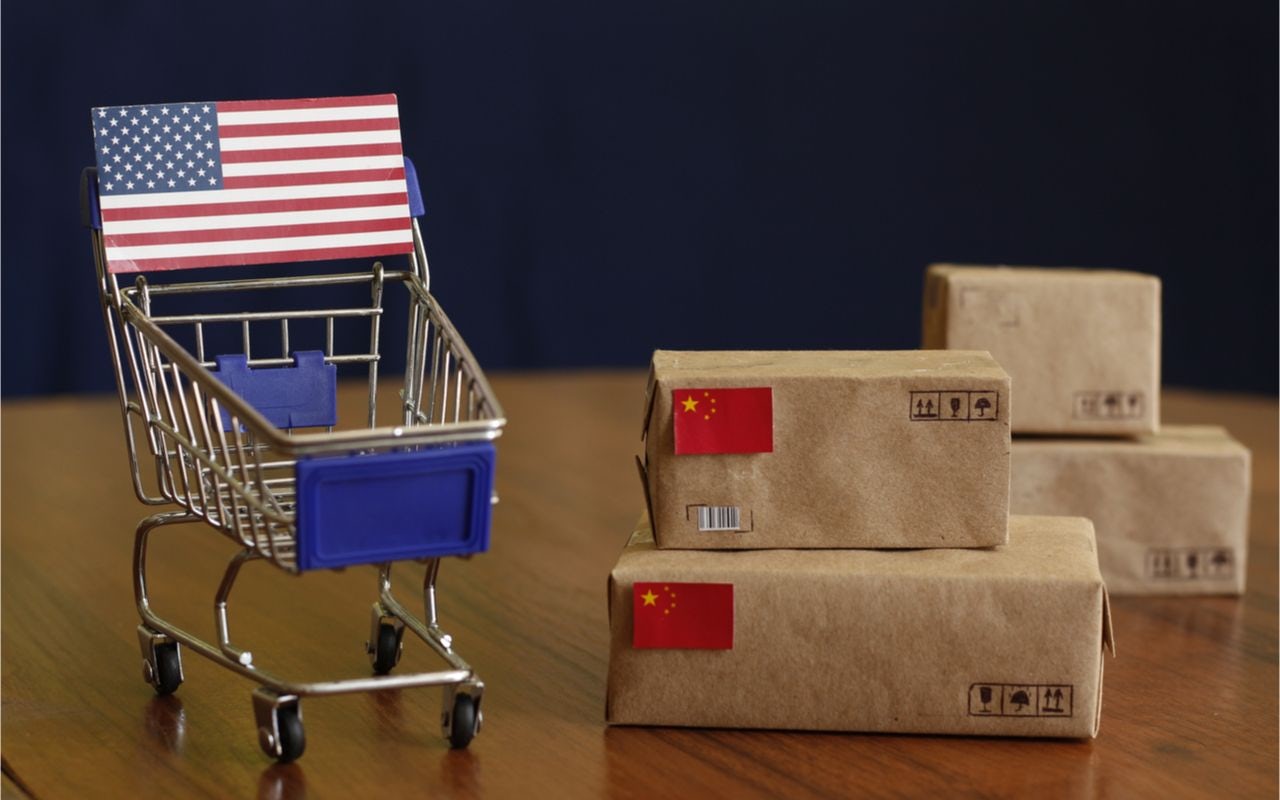Most major luxury groups and brands have had a complicated year in the Greater China region, with some being put in the position of having to give public apologies for perceived slights, others seeing a drop in sales in the generally reliable Hong Kong market, and still others hit by lower spending by outbound Chinese tourist-shoppers in key cities like New York or Paris.
A big question mark over the past several months has been the state of the economy in mainland China in the third quarter, and what this might mean for consumer confidence and spending going into 2020. This week, the country released its Q3 economic stats, which showed that growth dropped to its lowest level in almost 30 years. GDP growth grew 6 percent in the third quarter of the year, down from 6.2 percent in the second quarter.
According to Chaoping Zhu of JP Morgan Asset Management, "Trade tension with the U.S. is the key factor weighing on business sentiment and investment activities, although domestic stimulus policies are providing some buffer from the downside.”
There were signs, though, that things could turn around for brands. Retail sales increased 7.8 percent in September compared to the same period last year, up from August. But some have cautioned that this rebound could be short-lived. Analysts from Nomura expect China’s GDP growth to fall to 5.8 percent in the fourth quarter of the year as exports continue to be impacted by a slower global economy and the U.S.-China trade conflict presumably drags on.
2020 is shaping up to be a very murky year for the luxury sector. The effect of general economic conditions has a fragmented effect on luxury consumption in China, with certain verticals like wine and spirits or watches hit more immediately than, say, leather goods or high-end cosmetics.
One of the big questions for luxury brands going into 2020 is the status of their Hong Kong operations. Even before this year’s protests disrupted the city’s high-end retail market, brands saw a drop in mainland Chinese consumer arrivals and spending owing to a weaker RMB, tax changes, and lower custom duty rates.
In August, according to the FT, sales of jewelry, watches, and other valuable gifts fell by nearly half (47.4 percent) compared with one year before, the greatest such drop on record for Hong Kong. This followed a 24 percent year-on-year decrease in July. The question for brands in 2020 will be whether Hong Kong will remain as relevant for their business as it has been for the past several decades, or if greater emphasis needs to be placed on other bright spots in the region.
Over the past year, many luxury and fashion brands rebalanced their investment and focus for the Greater China region on the old standby of opening new stores or refurbishing existing boutiques in expectation of an increase in domestic shopping. To give one example, of the 94 Ralph Lauren stores opened in Asia in fiscal year 2019, 39 were in China. Other brands have put even greater emphasis on their airport locations in China, with Ferragamo opening a new location this month in Beijing’s newly opened Daxing Airport, upping its airport boutiques in China to 16.
The focus for brands in 2020 seems to be on doing what they can to entice mainland Chinese shoppers to get into stores (or buy on Tmall) and spend domestically, since they likely won’t be buying nearly as much in Hong Kong and it’s anyone’s guess how much they’ll be spending abroad.
As Jing Daily pointed out earlier this year, Bain predicts that by 2025, the disparity between luxury shopping abroad and in China will even out. Given what we’ve seen this year in Hong Kong and with the U.S.-China trade conflict, it’s feasible that domestic and overseas spending on luxury might equalize even sooner. As we noted, to take advantage of this, brands will likely need to continue to narrow the price gap, allocate more budget to mainland China on- and offline marketing efforts, and possibly even give greater marketing decision-making power to the local Chinese team.


